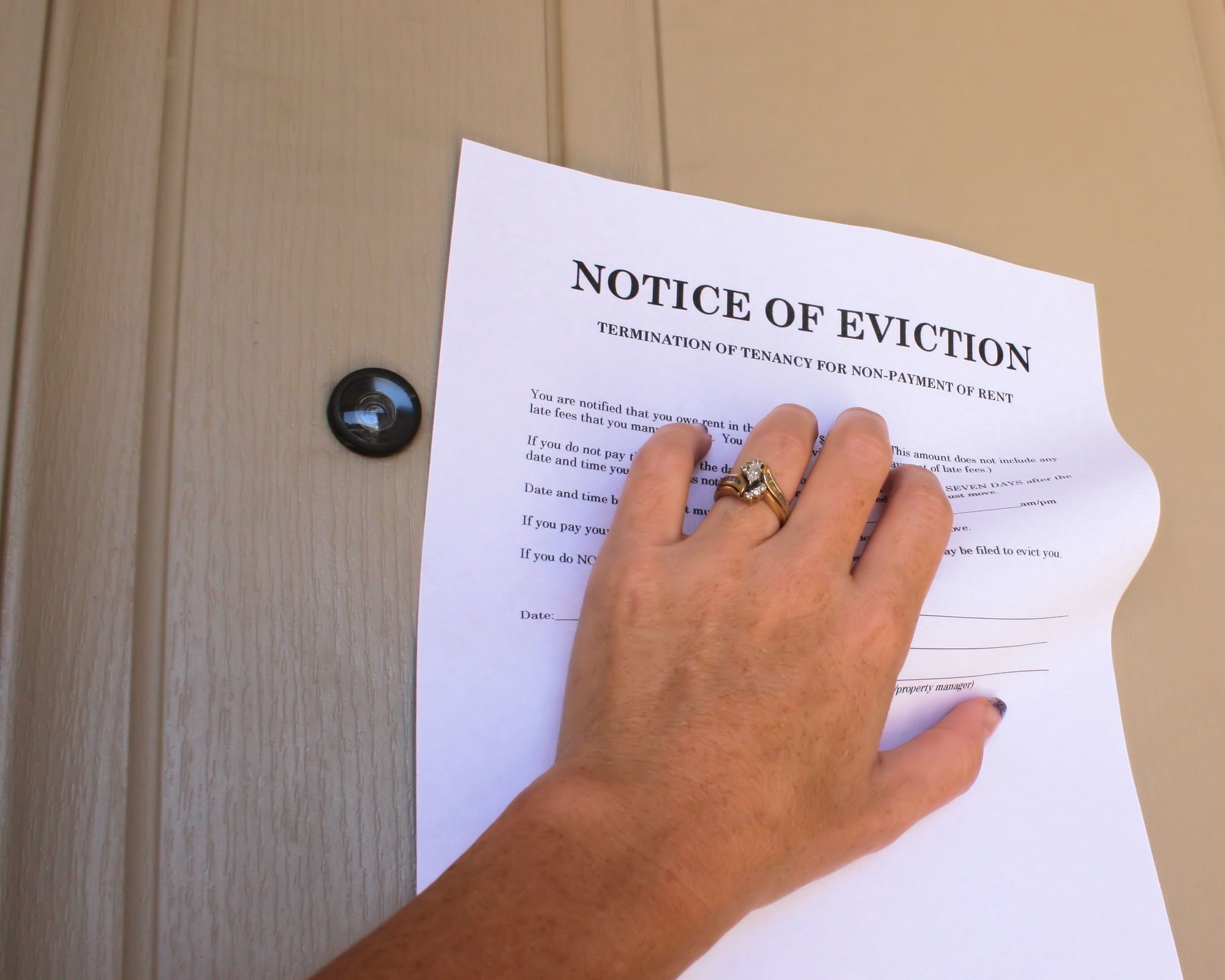
The number of people evicted in various parts of the world changes yearly. If you're a property manager or landlord dealing with a tenant you need to evict, you've come to the right place.
There are laws to familiarize yourself with before moving forward with an eviction. This will ensure you're in the right prior to removing a tenant from your property.
Unsure where to begin? We've created a helpful guide to answer the question of how to evict a tenant. If you've never had to undergo this process before, you'll find everything you need to know about the eviction process as you scroll below.
Understand the Law
The first step in the eviction process is to learn the eviction laws in your area. If you don't have a deeper understanding of the law, it increases the chances you'll make a mistake when you attempt to evict a tenant.
Another reason to understand eviction laws is to create a lease agreement written with these laws in mind. This will help reduce the number of times you've got to prepare to evict a tenant.
You can access the eviction laws in your state using a government database.
Why Are You Evicting the Tenant?
Being a landlord means taking on challenges that others don't have to deal with. You cannot evict a tenant without having justification to do so.
There are several reasons or violations that are reasonable cause to evict a tenant, including:
- Not paying rent
- Constantly making late rent payments
- Remaining in the property after their lease has expired
- Disturbing other tenants living around them after being given warnings
You must document each violation, because this can be used as evidence when you start the eviction process. There are several ways you can document these interactions with the tenant in question, including taking photos and statements of bounced checks.
Send the Formal Notice
The next step in the process is to send the tenant an official notice that you're seeking to evict the tenant. This should be done after you've paid every attempt possible to remedy the situation with the tenant.
The notice of eviction makes the tenant aware of the action you're taking against them. On the eviction notice, you need to include:
- The address of the property
- Current status of the leasing agreement
- Remaining amount owed by the tenant
- Date tenant needs to resolve any violations or vacate the property
Once you've done this, move forward with filing the eviction. After you've filed to evict a tenant, you'll be scheduled for a hearing.
It's important you attend the hearing and bring the evidence you've documented when the tenant occupied your property.
If you've won the case, the last step in the process is to evict the tenant. If the tenant is uncooperative, you might need to involve local law enforcement to help remove them from your property.
How to Evict a Tenant
How to evict a tenant is the question we've answered above. The first thing you need to do is document every interaction you have with the tenant, and don't forget to file your motion to evict them.
Of course, to reduce the number of evictions, you should seek to select the right tenants for each of your properties. Contact Home River Group and let us help you find the right tenants every time.





